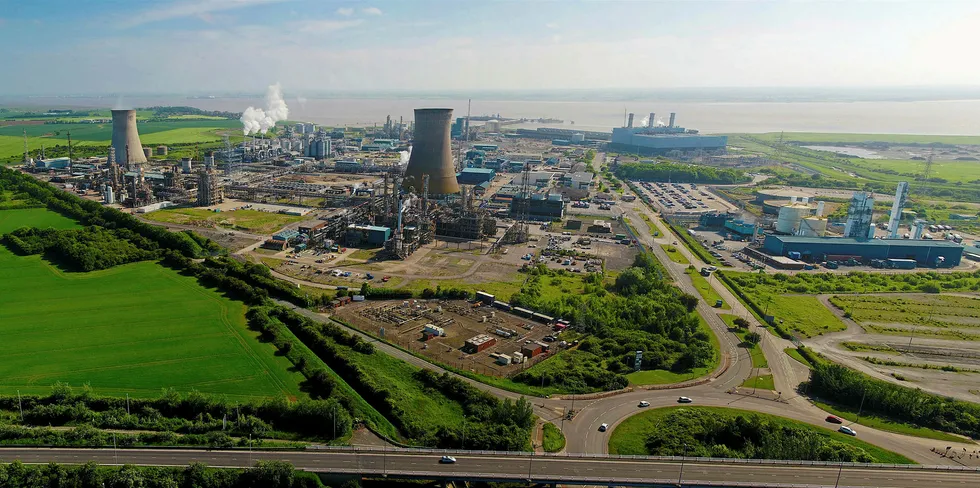Equinor unveils plan for Europe's first blue hydrogen/CCS plant
The UK facility would produce 125,000 tonnes of low-carbon H2 per year from natural gas, with about 95% of its emissions captured and stored under the North Sea

The UK facility would produce 125,000 tonnes of low-carbon H2 per year from natural gas, with about 95% of its emissions captured and stored under the North Sea
